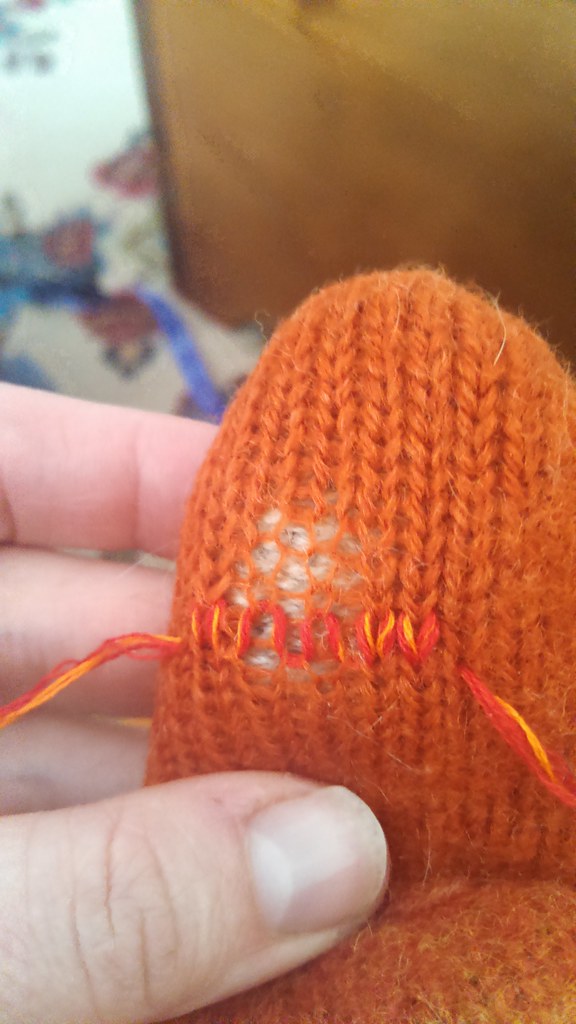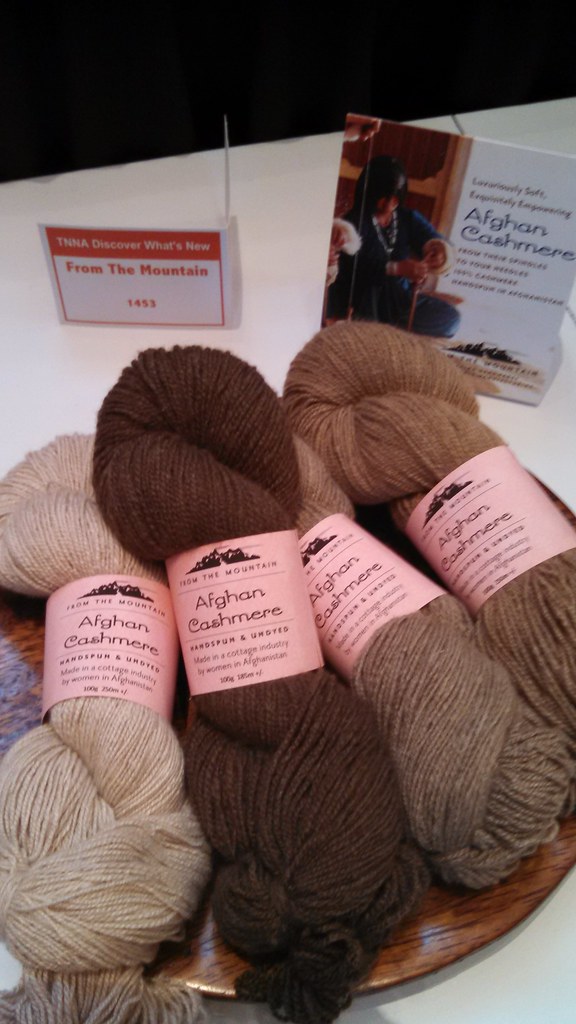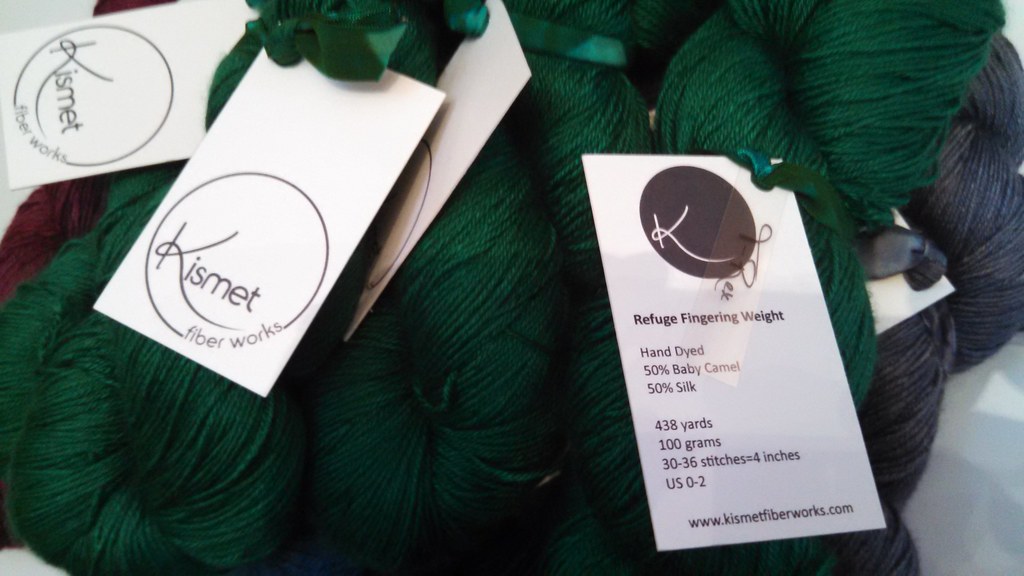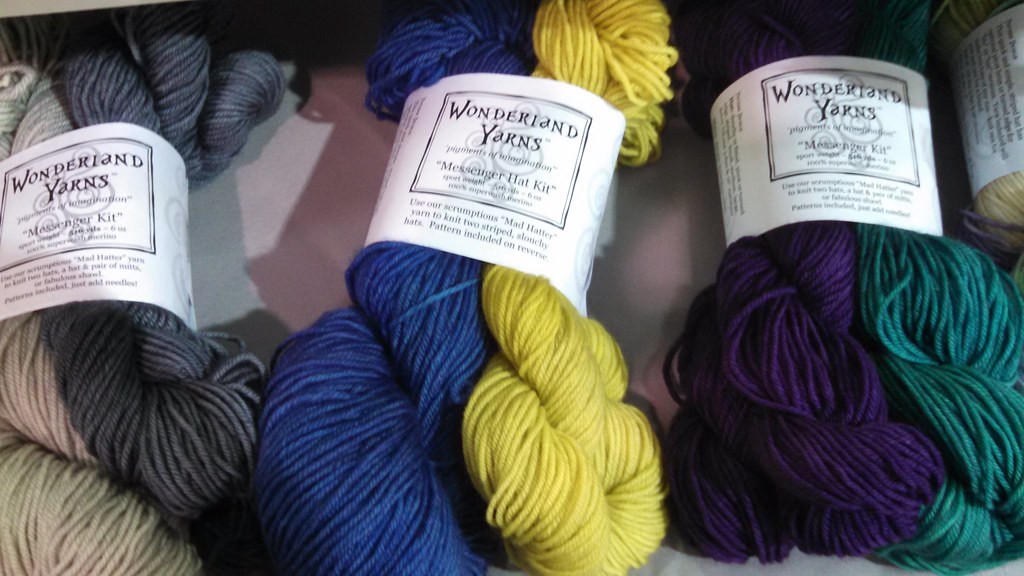If you’ve been following the blog in the last few weeks, you’ll have noticed Michael is writing a series on Maternity and Parental leave. You can read Parts 1 & 2, and there’ll be a third part coming out next week. I’ve been enjoying reading about his perspective as Mr. Turtle. While Michael and I came to deciding on Tinking Turtle’s policy together, our thought processes in some ways were very different. I struggled with the day-to-day operations: how is this going to affect myself and the customers? He thought more about the big picture: how are we going to match our leave policy to our values? How have others handled parental leave in the industry?
One of the things we were both on the same page about was being transparent to our customers – I want to be clear about why we’re making the choices and decisions we are, with plenty of lead-time to accommodate changes.
As of yesterday, I made the decision to stop accepting submissions for Repair and Finishing until after Little Turtle arrives. Over the weekend we took a hard look at my workload, due dates, obligations and commitments. We came to the conclusion that I’m nearly at max capacity for designing, teaching and finishing/repair.
If I’ve accepted your piece and you’ve made arrangements to pick it up with me, you will not be affected. If I have your piece already, you’ll be getting it back well before the baby comes. But chances are, anything new that comes my way will have to be tabled until the end of June or the beginning of July.
If you are still interested in finishing or repair, you have a few options. Right now, I have a signup list to be notified when I begin accepting repair work again (note: if you are on my mailing list, this list is completely separate). If it is a true knitting or crochet emergency, drop me a note, as I have a very tiny bit of wiggle room for small and contained projects. And for some types of finishing or repairs, I may have another resource to point you towards.
Got questions about what’s going on? As always, ask away in the comments or drop me an email. I always love hearing from customers!




















